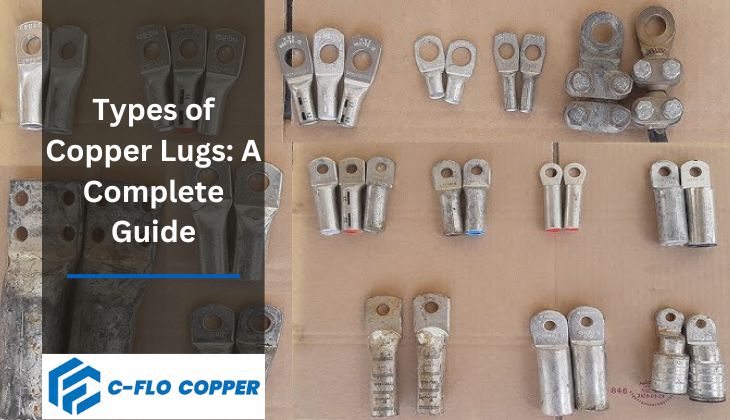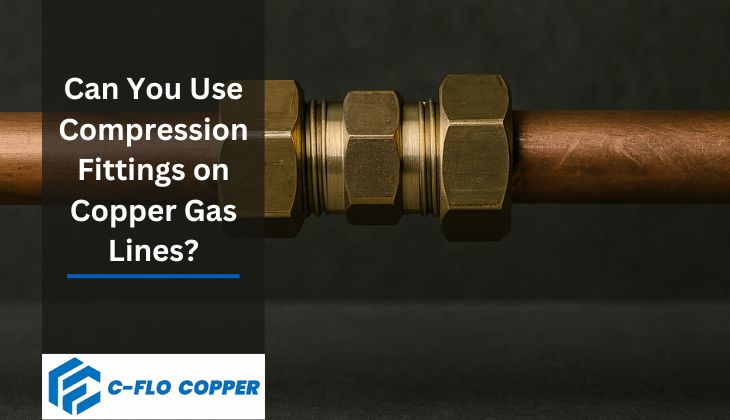Copper compression fittings are widely used in plumbing, HVAC, and industrial systems to create secure, leak-proof connections between copper pipes. These fittings work without the need for soldering, making installation quick and efficient.
The Working Mechanism of Copper Compression Fittings
Copper compression fittings function by using a compression nut and ferrule (olive) to form a tight seal around the pipe. When the nut is tightened onto the fitting, it compresses the ferrule against both the pipe and the fitting body, creating a secure and high-pressure-resistant connection.
Step-by-Step Installation of Copper Compression Fittings
- Insert the Pipe – The copper pipe is inserted into the fitting body, ensuring a proper fit.
- Place the Ferrule – A metal or plastic ferrule is placed around the pipe.
- Tighten the Nut – The compression nut is screwed onto the fitting, compressing the ferrule and forming a leak-proof seal.
Advantages of Copper Compression Fittings
- Easy Installation – No need for soldering, making it ideal for quick repairs.
- Reusable & Removable – Can be disassembled and reinstalled without damaging the pipes.
- Durability – Resistant to corrosion, high pressure, and temperature variations.
- Versatile Applications – Used in plumbing, HVAC, gas lines, and industrial fluid transport.
Common Applications of Copper Compression Fittings
These fittings are extensively used in:
- Residential plumbing for both hot and cold water systems.
- HVAC systems to connect copper refrigerant lines.
- Gas and fuel lines for secure, leak-proof connections.
- Industrial piping systems where maintenance and reusability are essential.
For high-quality copper compression fittings, call us for price or order inquiries at +9191373 78760 today!
By C-Flo Copper | March 28, 2025





